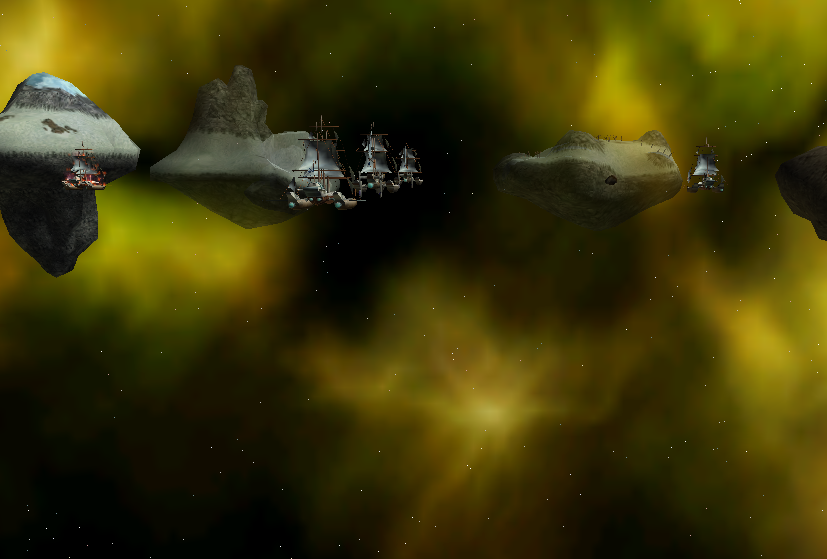

There are around 6-12 of these arteries for each eye. They supply the upper and lower eyelids respectively. They arise opposite the superior oblique muscle. the superior and inferior palpebral arteries. There are also nasal branches that pass into the nasal cavity via a small opening adjacent to the crista galli, and goes on to supply a section of the dorsum of the nose.

Before the artery passes into the cranium, it provides a meningeal branch to supply the dura mater. This artery branches from the ophthalmic artery within the orbit, and accompanies the nasociliary nerve through the anterior ethmoidal foramen into the middle and anterior air cells as well as the frontal sinus. This artery enters the nasal cavity by passing through the posterior ethmoidal canal, and supplies the posterior ethmoidal sinuses as well as continuing to enter the skull and supply the meninges. Once the ophthalmic artery reaches the medial wall of the orbit, it runs forwards and gives off the posterior ethmoidal artery. It then passes through the supraorbital foramen in order to supply the: The supraorbital artery arises from the ophthalmic artery just as it passes over the optic nerve, and runs forwards, along the medial border of levator palpebrae superioris and superior rectus muscles. Ophthalmic branch of trigeminal nerve: eyeball, upper eyelid, nose ridge sensation Oculomotor, trochlear, abducens nerves: ocular movements Short ciliary nerves: miosis and lens accommodation Optical group branches: long posterior ciliary, short posterior ciliary, anterior ciliary and central retinal arteriesĬentral retinal, superior ophthalmic, inferior ophthalmic and middle ophthalmic veins

Orbital group branches: lacrimal, supraorbital, posterior ethmoidal, anterior ethmoidal and medial palpebral arteries Key facts about the neurovasculature of the eye Arterial supply This article covers the anatomy, function and clinical relevance of the vessels and nerves of the eye. Innervation of the eyeball and surrounding structures is provided by the optic, oculomotor, trochlear, abducens and trigeminal cranial nerves. The main blood supply of the eye arises from the ophthalmic artery, which gives off orbital and optical group branches. Our two eyes working together give us stereoscopic vision, and depth perception. It is capable of moving and follow the objects along with accommodating to near and far the eyes also can see in varying light, and in colour. The human eyeis a highly evolved structure of our anatomy and has many coexisting and interdependent elements.


 0 kommentar(er)
0 kommentar(er)
